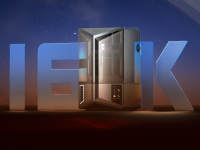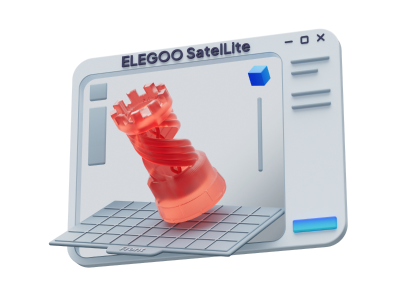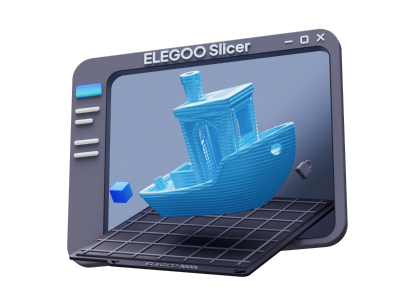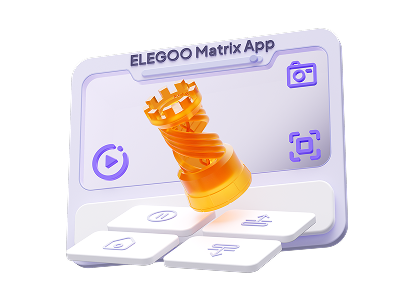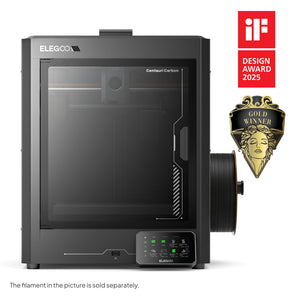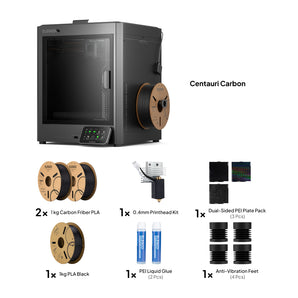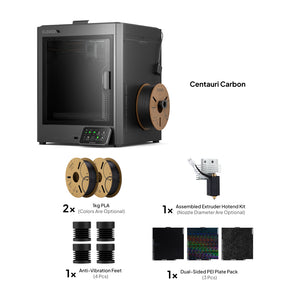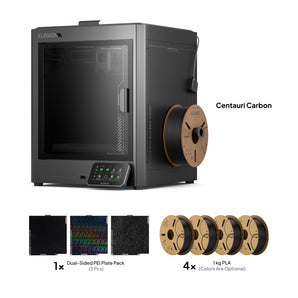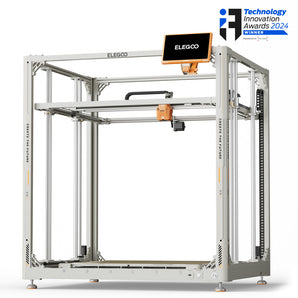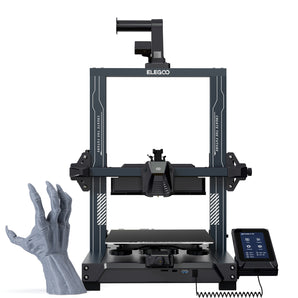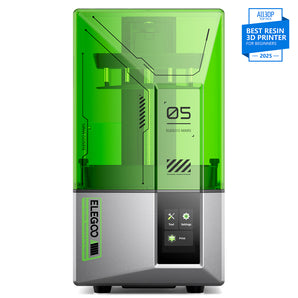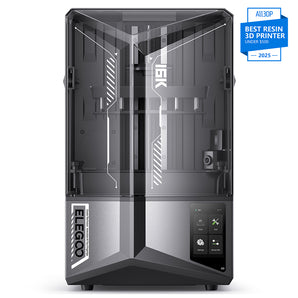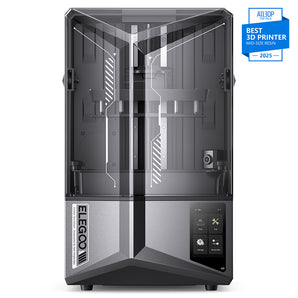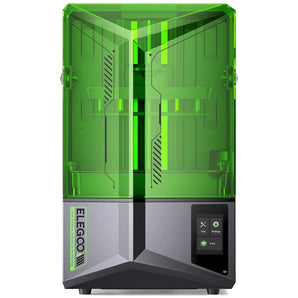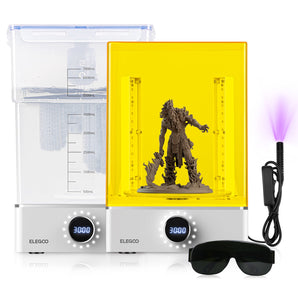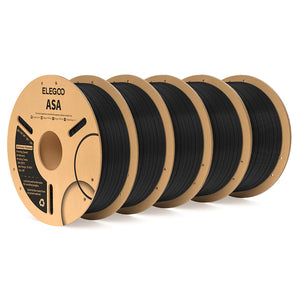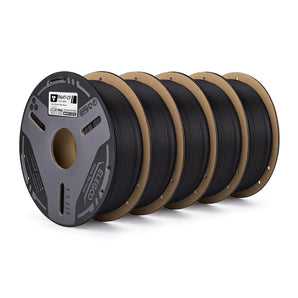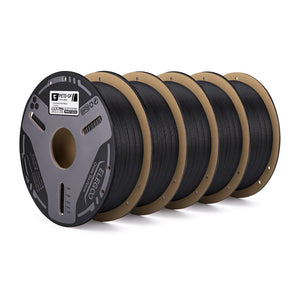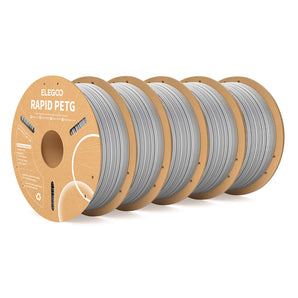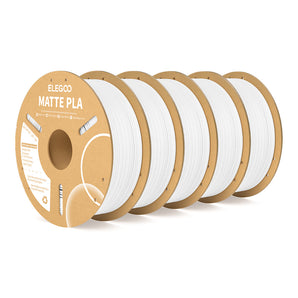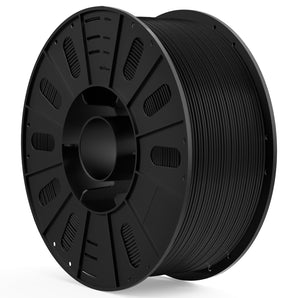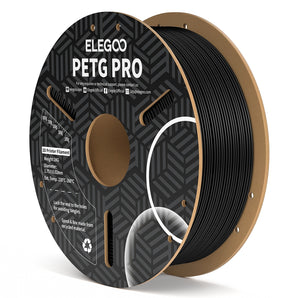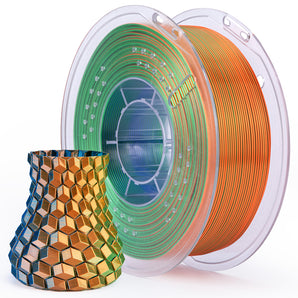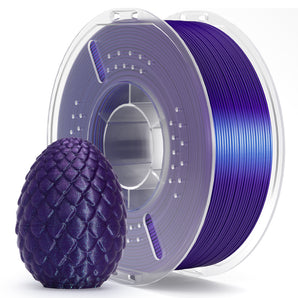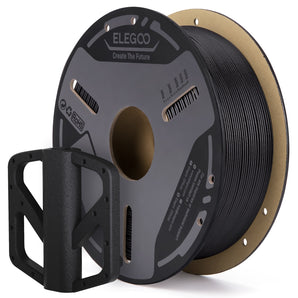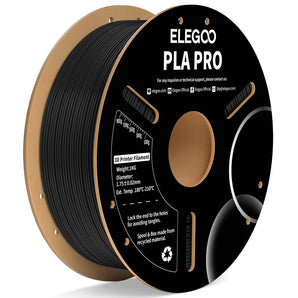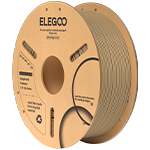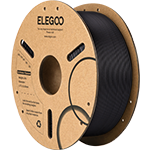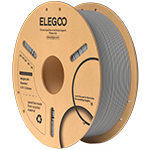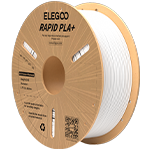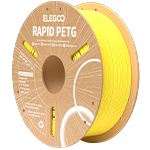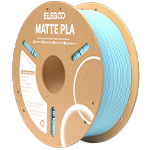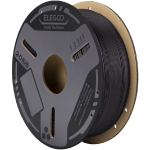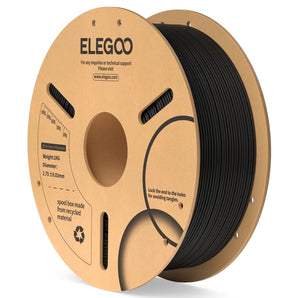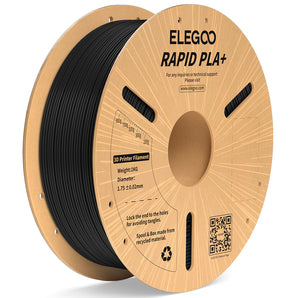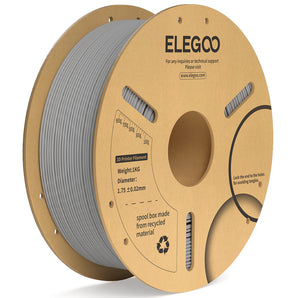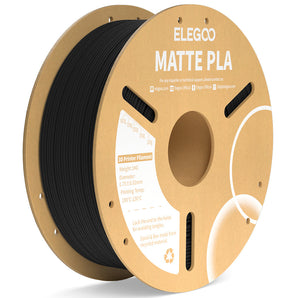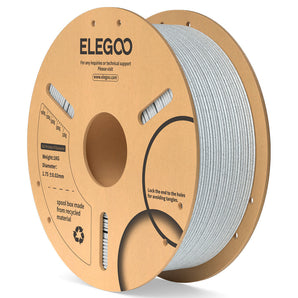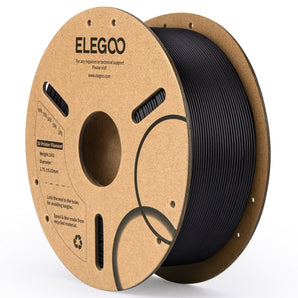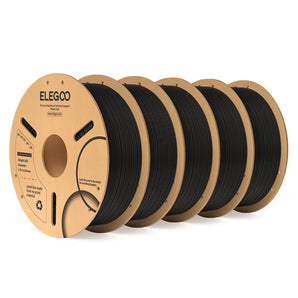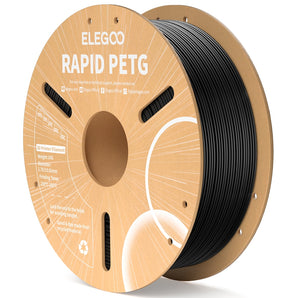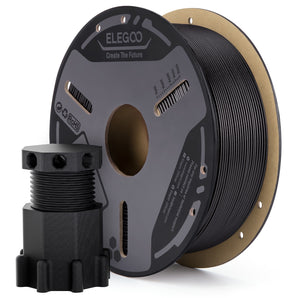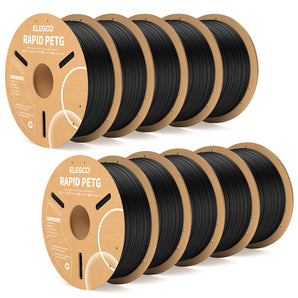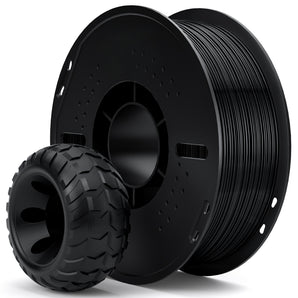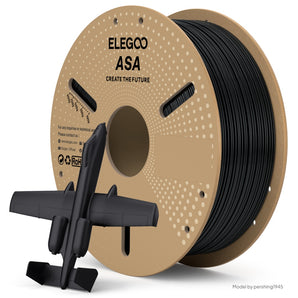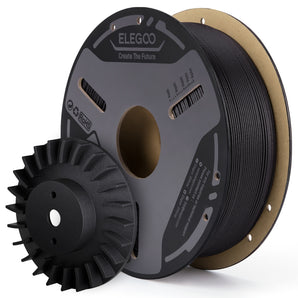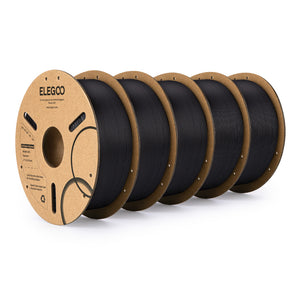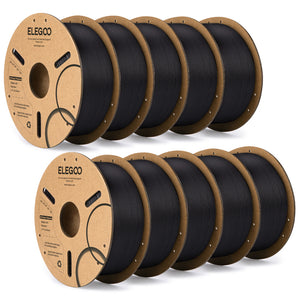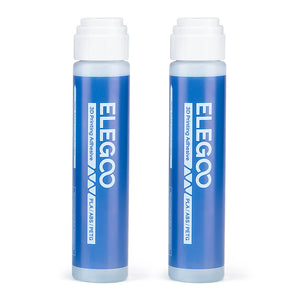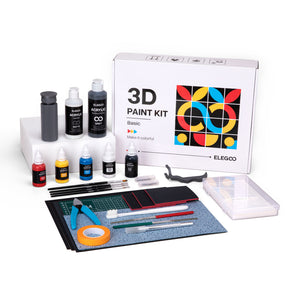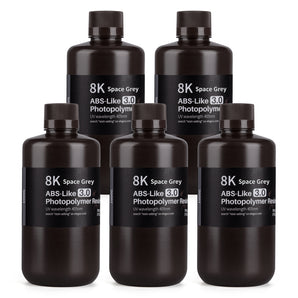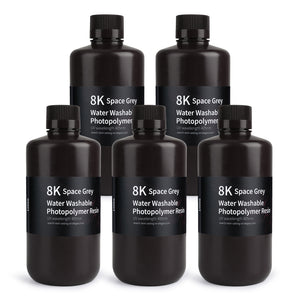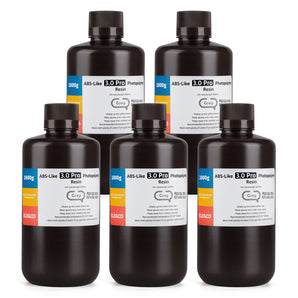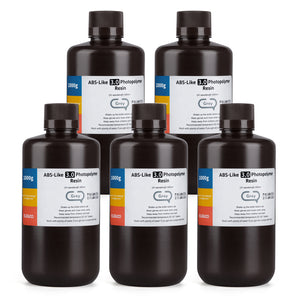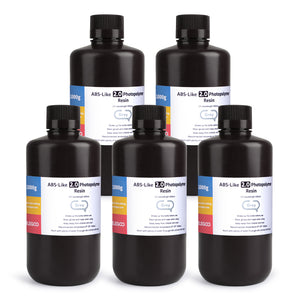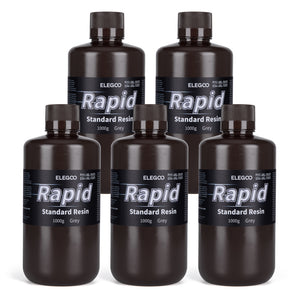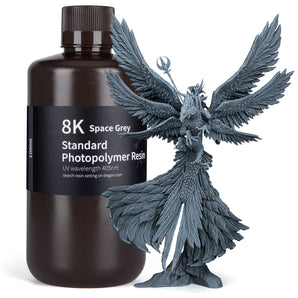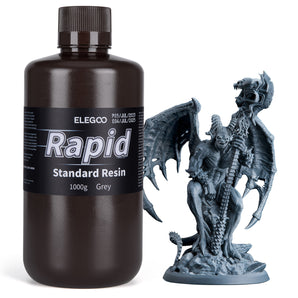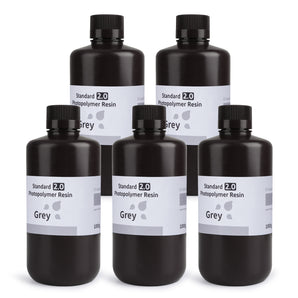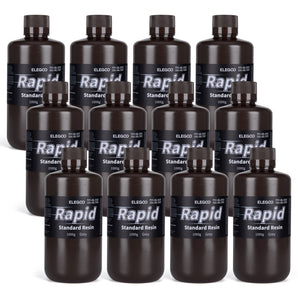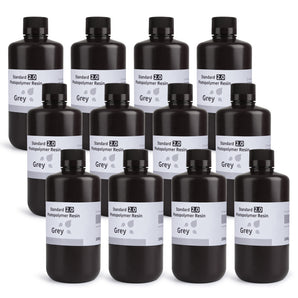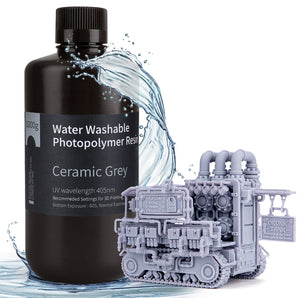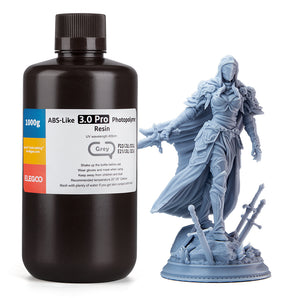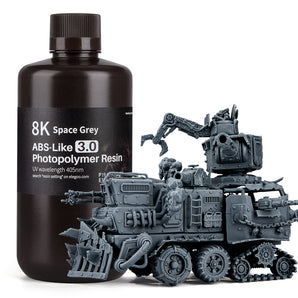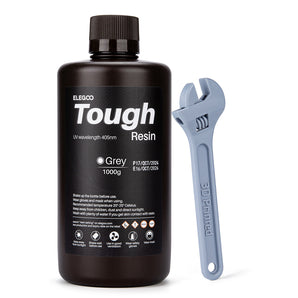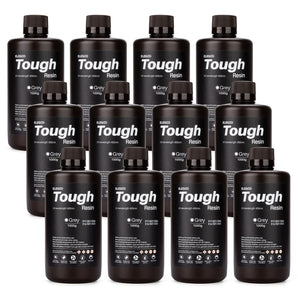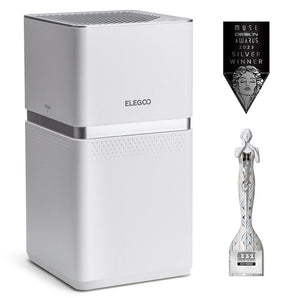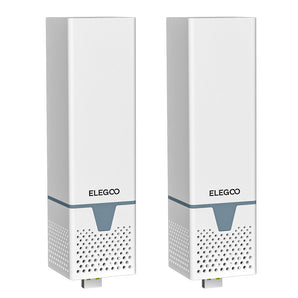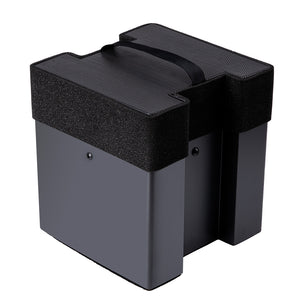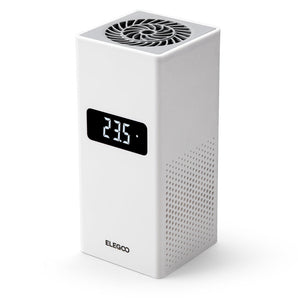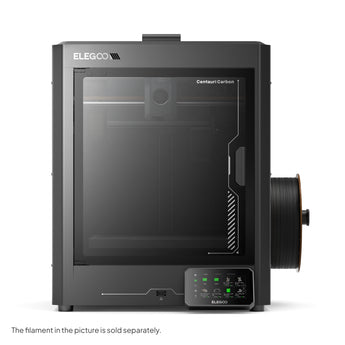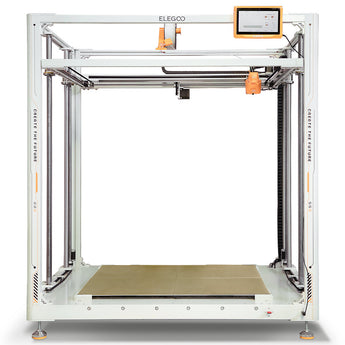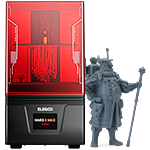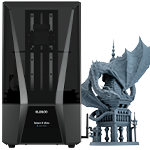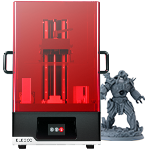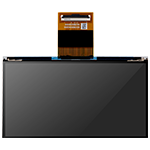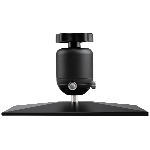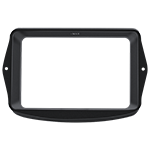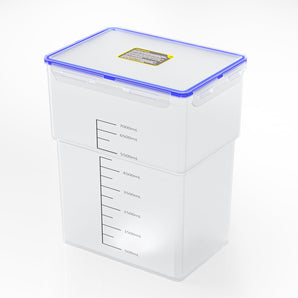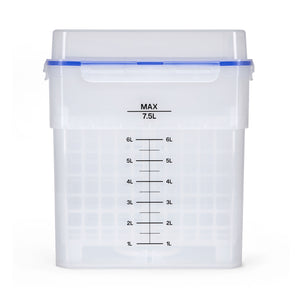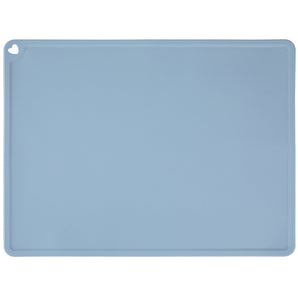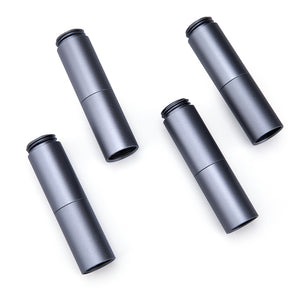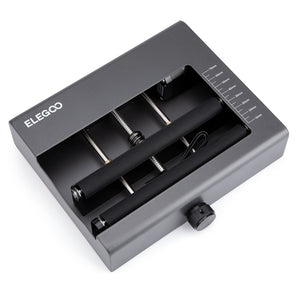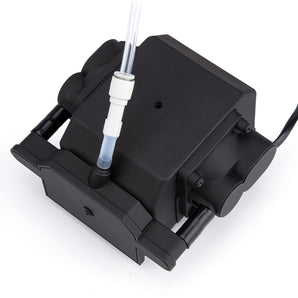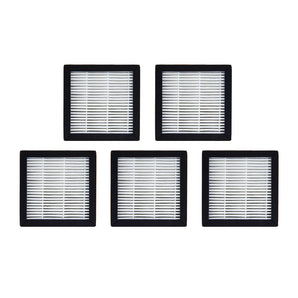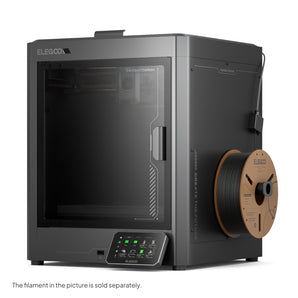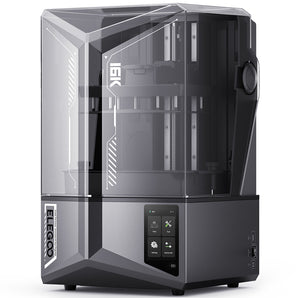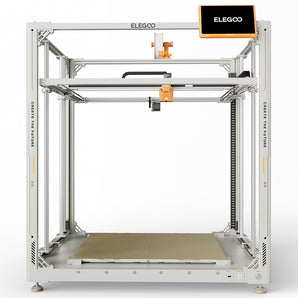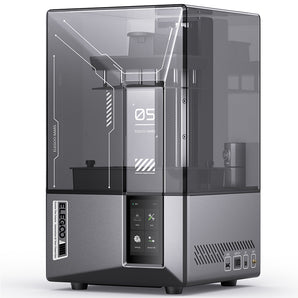Top 10 Fastest 3d Printers Recommendations

The use of 3d printers is quickly gaining momentum given the convenience and benefits they offer for different users. They are used in different industries and are designed to offer high resolution. This ensures that the end result is appealing to the users of the 3d printer. With this in mind, you find that most buyers in the market are looking for faster alternatives. These 3d printers are meant to work faster and produce tangible results with ease and accuracy.
The features in the printer will also ensure that you are working with quality and that your results show. When looking for such printers, you need to consult with quality 3d printer brands that will offer you great deals. However, before any of that, you first need to have a few basics down to help you navigate this subject. Here we’ll touch a little more on the build of the 3d printer speeds and some examples of printers to checkout.
How Fast are 3d Printers

3d printers come in different sizes, shapes, and also feature different unique aspects that make them loved by people. When it comes to speed, there are currently three different printing speeds that 3D printers can support. The first set prints at a speed of 40 to 50mm/s, while the second set prints at a speed of 80 to 100mm/s. In the meantime, the fastest collection prints at a speed of about 150mm/s. Some printers will print at speeds exceeding 150 mm/s.s.
However, faster 3D printing speeds, on the other hand, usually imply lower efficiency. The consistency drops significantly above 150mm/s, and you can have issues because the filament tends to slip at these speeds. When you look at the time it takes to print certain items depending on the sizes, you’ll find that smaller sizes will get done faster. This is especially true when you use the faster speeds at your disposal. With 3d printers, you have to familiarize yourself with the different settings they feature. This will help you ensure that you provide quality. This is mainly because the best way to change the speed on your chosen printer is to tweak the different settings.
3d Printing Speed Comparisons

When it comes to 3d printing speeds, there are different technologies that you need to consider working with. They include:
CLIP

CLIP technology relies on a chemical process that uses oxygen and light to cure resin selectively. UV light induces photopolymerization in liquid resin and initiates the cross-linking process, which contributes to solidification. Oxygen, on the other hand, has the opposite effect. It prevents liquid resin from polymerizing and curing in that specific region. In application, this technology is quite easy to navigate. There is a clear window permeable to light and oxygen at the bottom of the tank of liquid resin. A UV-light projector is hidden under the glass. The "dead zone," which is a liquid interface of uncured resin, is situated between the window and the printing part. This oxygen-rich zone divides the print from the window, preventing the two from combining.
This removes the need to interrupt the process to separate the print from the window and lift the model to make room for the next layer of resin to cure. This is one of the key advantages of stereolithography over other technologies, and the reason for its much faster speed. When exposed to UV light, the resin above the zone does not receive any oxygen and polymerizes, creating a solid material with the shape of the projected UV photos. As the ready print polymerizes, it is slowly drawn out of the liquid. After the item has been printed, it is transferred into a temperature-controlled forced-circulation oven. A chemical reaction occurs, which improves the item print. Thermal curing is the term used for this procedure. The CLIP technology printing's double curing process is said to allow the production of engineering-grade materials.
Application
When it comes to application, what most people look for is the speed and quality they’ll be working with. This is because it determines how much time and effort you’ll put in. This is understandable given that we are looking for a 3d printer that will get the work done faster without compromising on quality. When working with this technology, the printer's build platform continuously increases as the object develops during the printing process. Unlike FFF and SLA printing, it does not involve any mechanical movement of the structure. Since the effect of kinematics on layering accuracy is reduced, the continuous series is projected and the object is printed without any stops, resulting in a higher-quality print.
LSPc

LSPc stands for Lubricant Sublayer Photocuring technology. It's similar to Carbon3D's technology, but with a few key differences. This technology as compared to FDM and SLA, print speeds of up to 1 cm per minute greatly reduce the time needed for printing. LSPc varies from standard DLP and SLA layer-by-layer approaches. It's a lot like CLIP, but it works a little differently. A self-lubricating film is located between the bottom of the resin tank and the printed model in this design. A proprietary structured light matrix is used to cure the material. In LSPc technology, a self-lubricating film serves the same role as the dead zone found in the CLIP technology.
It keeps the item from sticking to the bottom of the tank and keeps the printing process going, giving the same benefits: no need to raise the print to free space, high speed and precision, and no noticeable layering. Fast LSPc 3D printers come with built-in sensors that help to avoid serious errors and maintain a smooth printing process. The printer uses special algorithms to slice, optimize, and adaptively compile complex geometry models at a consistent speed and high resolution.
Application
In application, this technology features significant increases in speed and is a great option when working with different printers. It is used in different industries including the dental industry, automotive space, and other incredible applications.
SLS

SLS is a great alternative to the other technologies discussed. It stands for Selective Laser Sintering (SLS). SLS is one of the most versatile and widely used 3D printing technologies available. It can easily be used in planes, vehicles, phones, and other industrial applications. SLS is an additive manufacturing technique in which powder layers are sintered by a high-power laser. Layer by layer, the laser beam sinters the powder until a 3D model is formed. SLS was designed to work with plastic materials at first, but it was later modified to work with metals, glass, and composites.
Post-processing is needed for a 3D model printed with SLS technology. The object remains inside the camera after the printing is completed, filled with unsintered powder. Before the print can be removed from the bottle, it must cool down. This procedure can take up to 12 hours to complete. After the print has cooled and been removed from the jar, it must be washed to remove any residual powder. After the process, any unused powder can be collected and reused.
Application
Given that this technology is more advanced and applicable in different areas, this makes it an amazing option. It can be used across industries with ease.
Top 10 Fastest 3d Printers in the World

Now that you have the different technologies that contribute to faster 3d printers, you need a few 3d printers to consider investing in. some of the best printers to consider include.
Elegoo Mars 2 Pro
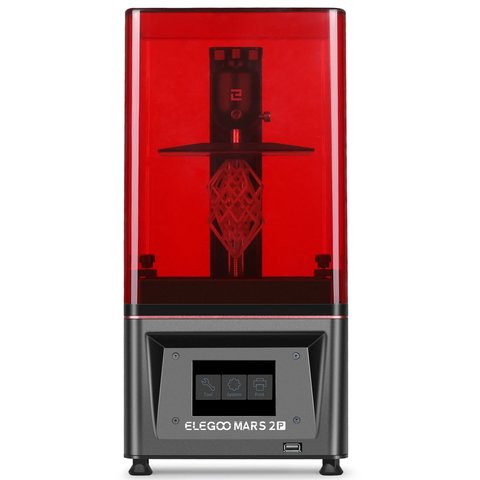
The Elegoo Mars 2 Pro has a 6.08-inch monochrome LCD with 2K HD resolution and only takes 2 seconds per layer exposure to cure resin, which could help you print faster. Mono LCD has a much longer lifetime and more consistent output over time, saving you money. Mars 2 Pro has a CNC machined aluminum body that makes it a formidable rig. The latest sandblasted build plate has much better adhesion during printing and allows for more consistent printing success. Built-in active carbon can absorb resin fumes and provide a more pleasant printing experience. This is a great printer to consider when looking for faster alternatives in the market.
Elegoo Saturn MSLA 4K

Being one of the fastest and best 3d printers in the market, Elegoo Saturn MSLA 4K is an amazing printer choice. It has an 8.9-inch 4K Monochrome LCD with an HD resolution of 3840 x 2400. This resolution reduces layer printing time to 1.5s-2s, which is 60% faster than the Mars Pro while still producing excellent results. The Matrix light source is made up of 54 UV LED lights that emit uniform light, resulting in better print quality and a more accurate printing scale. The construct plate's set-screws ensure long-lasting leveling, removing the need for regular calibration, and the sandblasted surface ensures much better adhesion, particularly when printing large 3D models.
Anycubic Photon Mono X

The original Anycubic Photon and its improvements show that even cheap $200 3D printers could produce stunningly realistic prints. The resin models could easily be used as precious jewelry molds. Anycubic has since launched the Mono X, which can print at a rate of 60mm/h, which is three times faster than normal resin 3D printers. The 4K screen on this upgraded fast resin 3D printer allows for detailed results, and the upgraded double linear Z-axis enhances stability. The end result is sections with crisp, smooth surface finishes and scarcely visible layer lines. The printer can be controlled remotely and via WiFi, and it prints quickly enough to create several jewelry molds or miniature characters for tabletop projects at the same time. Overall, it's a great fast 3D printer that comes in at a really low and affordable price with guaranteed performance.
Massivit 800

The 3D printer, which is an offering from the Israeli group, uses a proprietary technology called Gel Dispensing Printing (GDP) to provide ultra-fast printing speed. This technology is somewhat similar to Fused Filament Fabrication (FFF), which uses a 3D printer to extrude a gel material that is then exposed to UV light to solidify it further. The Massivit 1800 is undisputedly popular as the only printer for large format models in the visual communication niche. It has the potential to build large objects at a high pace. A maximum speed of 1,000mm per second is achieved by the printer. Not only that, but the printer can be converted to a dual extruder configuration.
Uniz Slash Plus

With a previous slash innovation by Uniz, this particular model was designed to be faster than its predecessors. Uniz's Uni-Directional PeelTM technology is featured for the first time in the 3D printer. When it comes to the popularity of this 3D printer, the print results speak for themselves. The 3D printer can generate parts with no layers and extremely high resolution, as well as a fantastic surface finish. This 3D printer was created to meet the needs of designers and professionals who are always looking for a competitive advantage in terms of expressing their imagination. When it comes to printing speed, you can expect 1,000 cm3 per hour.
BAAM

This 3D printer is made for large-scale manufacturing. It is one of the fastest 3D printers on the market, capable of printing multiple parts in a matter of hours. Its robust construction, which includes a steel-plated frame, complements its fast print feature. It employs laser platform technology, as well as a motion and control system. There are extruders and feeding devices. These are included to achieve high-end manufacturing and production results. Because of its speed and scale, it is possible to print large parts in a short amount of time. This 3D printer will print with commonly available thermoplastic materials. These are inexpensive and easy to obtain. As a result, the printing is also reasonable and inexpensive.
HP Jet Fusion 5200

The Jet Fusion 5200 brings 3D printing into previously uncharted territories, where it is now considered viable for mid-range development. The Multi Jet Fusion has always been known for its quick 3D printing speeds, but the Jet Fusion is even faster. It outperforms the Jet Fusion 4200 (4000cm3) and the 3200 (3200cm3) with speeds of up to 4115cm3/hour (2800cm3). This incredible speed is combined with low component cost and scalability in the Jet Fusion 5200.
Delta Wasp 2040 Turbo 2

The Delta WASP 2040 Turbo 2 is recognized for being one of the fastest desktop 3D printers on the market. The printer has remained unrivaled in terms of print speed since its introduction in 2017. World's Advanced Saving Project, an Italian corporation, released the 3D printer (WASP). This is the successor to the Delta WASP 2040, and it was designed with better configurations and for better performance. At the same time, it allows for a maximum travel speed of 1,000 mm per second. The speed is more superior to that of most FDM or FFF 3D printers on the market.
Dynamo 3d D3D. One Pro

The speed requirements of the D3D.One-Pro is virtually identical to those of the Delta WASP 2040 Turbo 2. It can print at a maximum of 450 millimeters per second and fly at a maximum of 900 millimeters per second. It has a 3.5-inch touchscreen display with simple options and three different types of connectivity: USB, Wi-Fi, and SD card. If you don't like delta 3D printers but want something similar to the Turbo 2's speed, the D3D.One-Pro is a good choice. It's one of the quickest non-industrial 3D printers on the market right now.
FLSUN QQ-S

The FLSUN QQ-S is a 3D printer that comes fully assembled. It's so easy to set up that even novices can do it. The video instructions on the enclosed S card are included in the kit. The video can also be found on YouTube. It's also really quick to level and easy to make the first 3D print. Just make sure to pre-heat the nozzle and clean it. The test print employs optimized code to generate an error-free print result. But it qualifies for the list because of its ultra-fast printing speed, which is considerably faster than the typical printer. It has an all-metal fuselage that guarantees the printer's longevity. Another aspect that contributes to its high printing speed is its stable structure.
Conclusion
When looking for the fastest 3d printers in the market, consider working with quality 3d printer brands to ensure that you get the best options in the market. Take your time to learn more about what you’ll be investing in and consider the different 3d printers that offer fast results.


